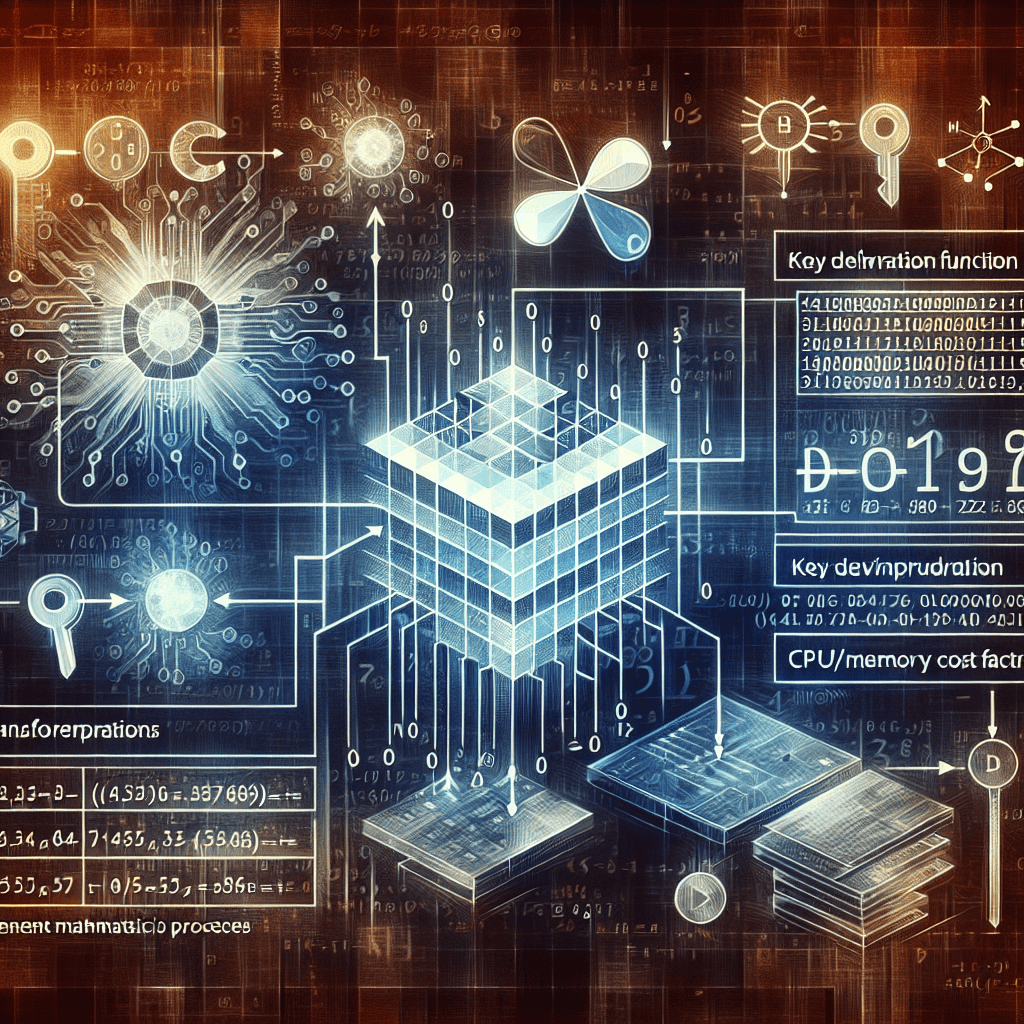Introduction
In the realm of cryptocurrencies and blockchain technology, decentralization is a principle that underpins the integrity, security, and functionality of digital assets. Among various consensus mechanisms, Scrypt has emerged as a notable algorithm, particularly in the world of mining. Understanding the concept of decentralization within the context of Scrypt not only sheds light on the mechanics of the algorithm but also highlights its significance in fostering a resilient and democratic ecosystem.
Understanding Scrypt
Scrypt is a password-based key derivation function that was initially designed to be more memory-intensive than traditional algorithms like SHA-256. This design makes Scrypt resistant to specialized hardware attacks, such as those conducted with Application-Specific Integrated Circuits (ASICs). By requiring a larger amount of memory for processing, Scrypt aims to democratize mining by allowing a wider range of participants to engage in the process, thereby enhancing decentralization.
The Role of Decentralization in Scrypt
Decentralization plays a crucial role in maintaining the integrity of any blockchain network. In Scrypt-based cryptocurrencies, it prevents the concentration of mining power, which can compromise the security and functionality of the network. By promoting diverse participation, Scrypt minimizes the risk of network manipulation and promotes more democratic governance. A decentralized network fosters trust and accountability, enabling participants to interact without the need for an intermediary.
Benefits of Scrypt Decentralization
One of the primary benefits of decentralization in Scrypt is increased security. A distributed network makes it more challenging for malicious actors to exert control or alter the blockchain. Furthermore, it creates resilience against attacks, as there is no single point of failure. Additionally, decentralization encourages a broader distribution of wealth among miners, which can reduce economic inequality and promote equitable access to network rewards.
Challenges to Scrypt Decentralization
Despite its advantages, Scrypt decentralization also faces challenges. The rise of powerful mining pools can lead to centralization, as they often consolidate the mining efforts of thousands of smaller miners. This phenomenon poses significant risks, including the potential for a 51% attack, undermining the network’s integrity. Additionally, as mining technology continues to evolve, disparities in access to powerful hardware may exacerbate inequalities among participants.
Conclusion
In summary, Scrypt decentralization represents a pivotal aspect of modern blockchain technology. By fostering a distributed network of participants, Scrypt not only enhances security and promotes equity but also preserves the core values of the cryptocurrency ecosystem. While challenges remain, ongoing efforts to maintain decentralization will be critical in sustaining the integrity and resilience of Scrypt-based networks. As the landscape of digital assets continues to evolve, the commitment to decentralization will undoubtedly play a fundamental role in shaping the future of cryptocurrency mining.



